The Taj Mahal is one of the most famous monument in the world. Every year, millions of people come to India to see this monument. The Bibi ka Maqbara does not have this success. Oftenly described as the Taj of Deccan or the Mini Taj for marketing reasons, the Bibi ka Maqbara is very different from the Agra monument.
This article will give you an idea to know the differences between these two monuments.
1- The Taj Mahal and the Bibi-ka-Maqbara: a very different story
The Taj Mahal was built between 1631 and 1654 in Agra. Shah Jahan wanted to give one last home worthy of the name to his late wife, Mumtaz Mahal as a symbol of love.
While finishing that in Agra, in 1651 the construction of Bibi ka Maqbara in Aurangabad began. This is the mausoleum of Rabia-ul-Daurani, wife of Aurangzeb. It´s construction lasted for 10 years.
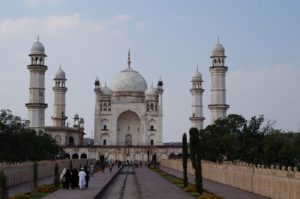
If the Taj Mahal can´t go away from controversy over its construction and it´s use (see below), the Bibi ka Maqbara is at the centre of a controversy. Indeed, the dates of construction of the Deccan of Taj are from 1651 to 1661. The official sources says Azam Shah, son of Aurangzeb built it for his mother but the latter is born in 1653. Other sources dated the construction of the monument in 1668 to validate the mystery that Azam Shah was the supervisor of the construction.
In a book called “Aurangzeb, the man and the myth“, by Audrey Truschke says its constructed by the order of Aurangzeb. It is actually more likely that Aurangzeb built the Bibi ka Maqbara.
The controversy comes from the fact that Aurangzeb is the most hatred person in India hence nothing good has been done by him and no heritage belongs to him.
2-Each monument is a symbol of something different
The Taj Mahal is the universal symbol of eternal love. Indeed, Shah Jahan wanted through this mausoleum to pay tribute to his wife, Mumtaz Mahal. When she died, the emperor was devastated. He called on the greatest architects and craftsmen to create the most beautiful proof of love. Even today, thousands of couples come to the mausoleum to get their picture there. Newlyweds come to capture their love at the entrance of this marvel.
The Bibi ka Maqbara does not belong to this symbol. And for a good reason, it is not love that has driven its construction but ambition. Indeed, Aurangazeb was the governor of Deccan when he began the construction of the mausoleum. In the Mughal tradition, it is not the first son or child who inherits the throne but the one who shows his aptitudes. At each death of an emperor, a war of succession is fought between the heirs.
The construction of the Bibi ka Maqbara was a way for Aurangzeb to show his ambitions to want to become emperor over his two brothers. This is why the realisation of the book was not as tidy as the Taj Mahal. Indeed, in 1658, Aurangzeb will become emperor.
3- The materials used make a big difference on the final result
For Shah Jahan, nothing was too good to prove his love to his late wife. So he spent lavishly and used the best materials possible. The mausoleum is totally in marble with inlaid precious stones. The result is an immaculate monument that changes colours during the day. This makes the place even more magical.
Marble and plaster are the main materials of Bibi ka Maqbara. Plaster does not have the brilliance of marble and the feel. It is also more friable and less resistant to rain. This makes the building more fragile.
4- Taj Mahal and Bibi ka Maqbara: different structure and shapes
When we look at the photos of the two monuments, we immediately realise their difference in shape.
The Taj Mahal is octagonal while the Bibi ka Maqbara is square.
The octagonal shape is a classic among the Mughals. For them, the number 8 is an auspicious number and brings good luck. That is why we find its evocation in the Mughal constructions: 8 platforms in the gardens of Bibi ka Maqbara, octagonal form of the tomb at the Bani Begum garden of Khultabad, etc …
If the octagonal shape is respected in the walls of the mausoleum in Aurangabad, the exterior is square. It makes the building more rectilinear and gives another perspective to the work.
5- Different perspective for the monuments
As we have said, the Taj Mahal is the most visited monument of India. It is so successful that the government has just increased the entrance fees for Indians and foreigners to reduce the number of visitors. Many restoration plans have been undertaken. The gardens are very well maintained and the irrigation system is in good working order.
Unfortunately, it is suffering from a renewed interest in his destruction. Indeed, Hindu extremists argue that the Taj Mahal is actually a temple of Shiva and that Shah Jahan has made it modified. P.N Oak, chairman of the Indian revisionist institute, asked the Supreme Court in 2000 to search the graves of Mumtaz Mahal and Shah Jahan for the original Nigam. This request was rejected since all the experts agree that this monument belongs to the Mughal era. Last year, a new request was made to pray Shiva on Monday inside the mosques that are on the side. Again, this request was rejected but recently a group of extremists came to do a puja (worshipping the Hindu god)
The Bibi ka Maqbara suffers from its comparison with the monument of Agra. Few visitors come to see it and many tourists do not even know about it. Controversies over its past and the lack of interest of visitors make the monument deteriorate. No sustainable restoration plan is planned.
6- Why visiting the Bibi ka Maqbara?
This is probably the question you ask yourself after reading this article. There are several reasons why visiting the Bibi ka Maqbara is interesting.
The first is that it is an element of the Mughal capital of the seventeenth century. Not visiting the Maqbara is passing the splendour of the past. It’s also missing to not understand Aurangzeb’s ambitions.
It is also a proof of the decadence of the empire. Indeed, under Aurangzeb, the empire reached its territorial apogee. But the time of splendour was over. More participation in the first arts, more music at the court, more philanthropy towards the artists and especially finished the big architectural projects.
There is an undeniable charm when you arrive at the monument. It is majestic and there is a nostalgic side. You will definitely not have the same emotions watching it as in Agra. But you will feel something we can guarantee you.
Then, the last reason is more altruistic. Visit the Bibi ka Maqbara to finance its restoration and also its protection. The protection of history is a new thing in India and is still very selective. To protect the Bibi ka Maqbara is to protect part of the history that some nationalists would like to make disappear. And don’t forget you will have less tourist in Bibi ka Maqbara than Taj Mahal.
In order to make you discover the Taj Mahl of Deccan, we have created a tour for discover the 3 capital of the area and also a tour on Aurangabad, the Mughal capital

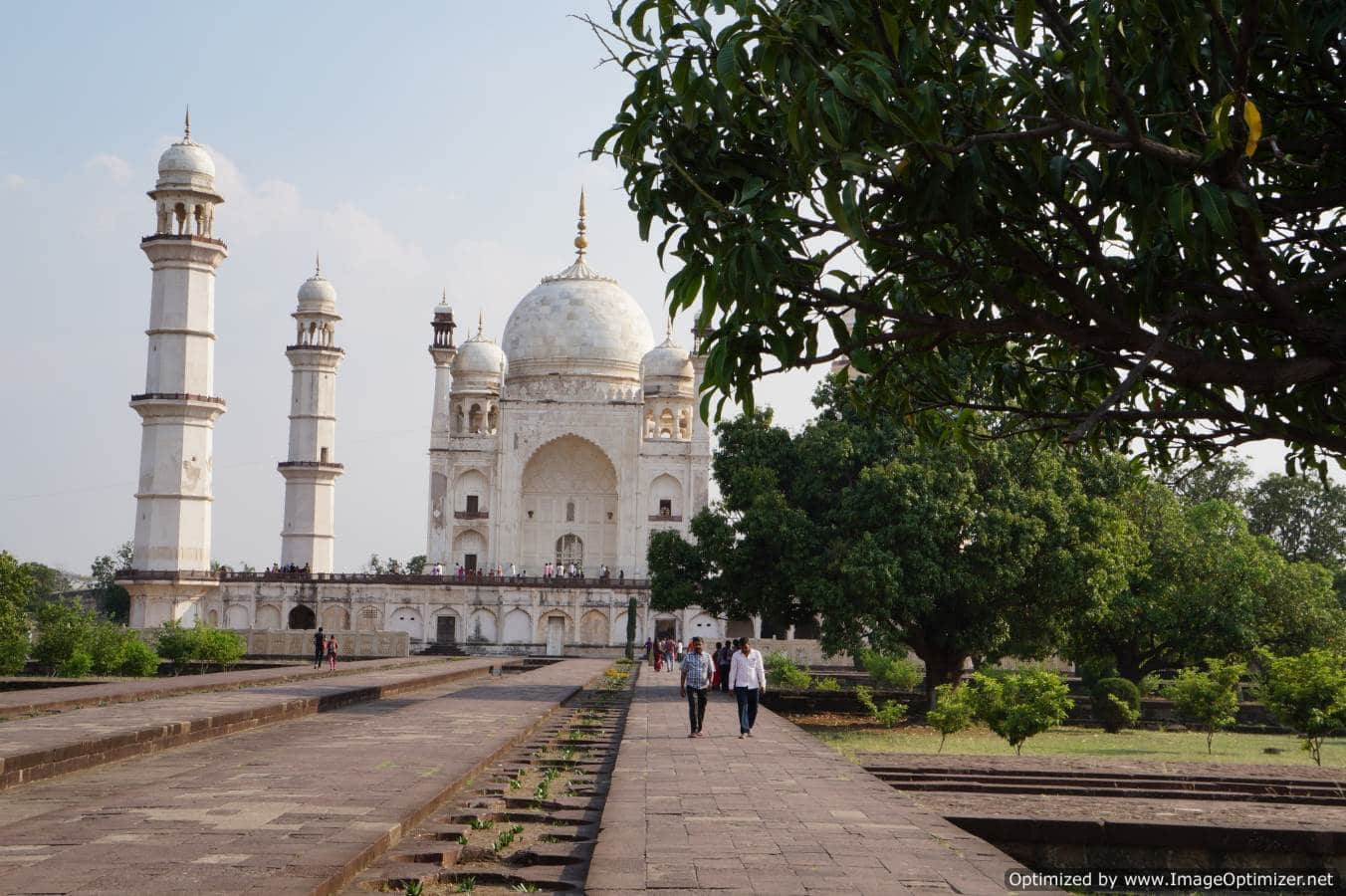
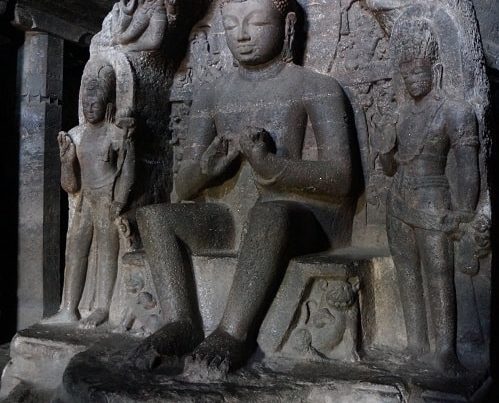
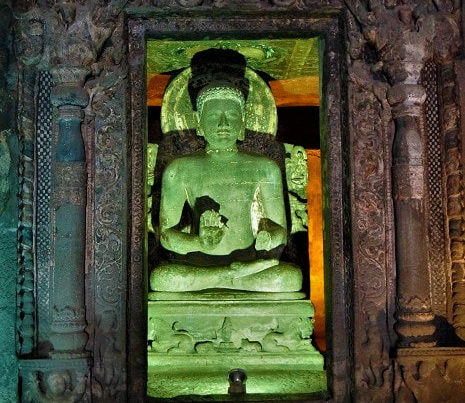
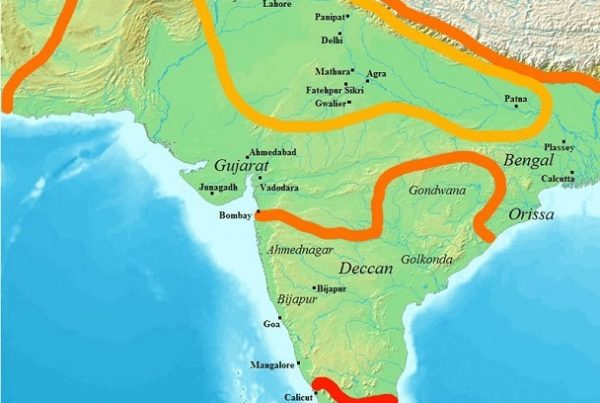
Join the discussion One Comment